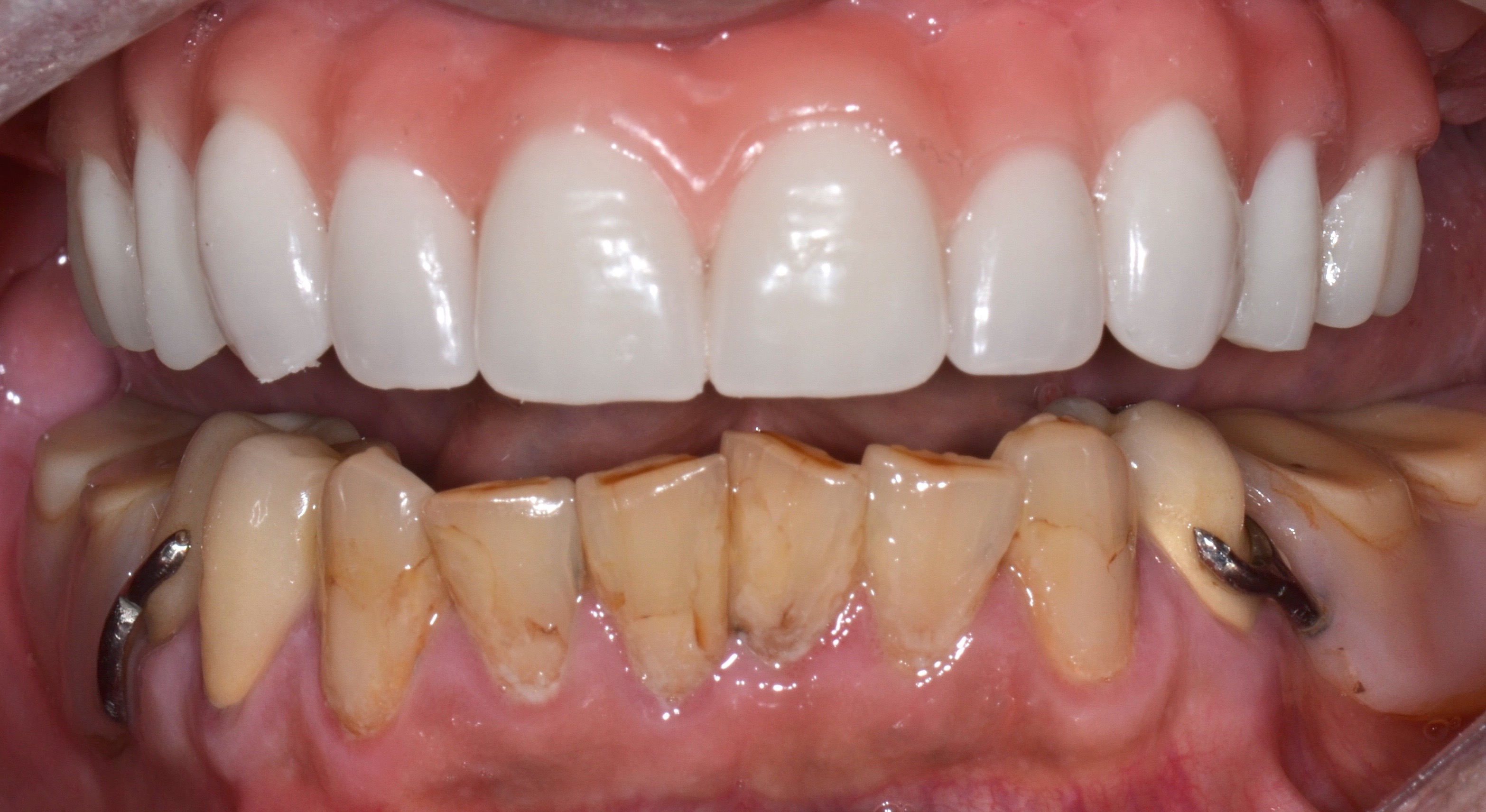For the millions of denture wearers stability of their dentures, especially the lower, has been a persistent problem which results not only in embarrassment but also can create significant health concerns including Type II diabetes, obesity, and gastrointestinal disease. Often patients go to their dentist for a new denture or a reline of their existing denture only to be disappointed when the new procedures do not result in an improvement in retention or stability of the denture.
As a dentist it was frustrating that often nothing could be done to improve the patient’s condition because of a lack of anatomical structure in the underlying bone and tissue. That has all changed. There are several options now available to patients who are missing many or all of their natural teeth.
The first innovation occurred nearly 40 years ago with the advent of end osseous implants directly into the jaw. These surgically place implants can serve as anchors for either implant retained dentures or can be used to actually provide the patient with a new permanent set of teeth. The technology is remarkable but not inexpensive.
The other more recent innovation are what is known as “mini implants.” These are smaller, less costly implants that can be utilized with either new or existing full or partial dentures to stabilize them so that the patient can virtually eat anything or give off the biggest laugh without the fear of dislodged teeth.
The procedure for the placement of the mini implants is painless with local anesthesia and virtually bloodless and is done in a single visit. Finally there is an alternative to the loose prosthesis. If you have any questions, do not hesitate to contact our office.

Leave a Reply